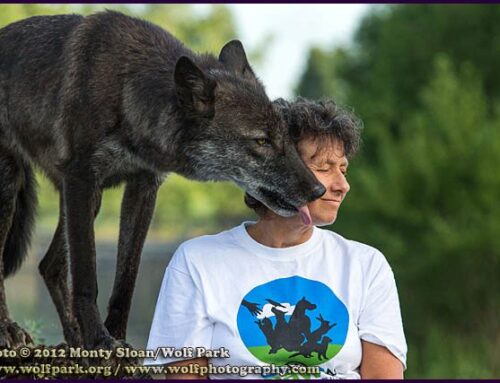
If we are with a person who is afraid of something, we recognize from their facial expressions, body language and what they tell us, the extent of their fear. It would be callous and insensitive to insist that someone afraid of snakes lets you drape your pet python over their shoulder. Forcing them to let you show them how harmless the snake is is not going to eliminate their fear and you’ll likely lose a friend in the process.
Dogs try in subtle and not so subtle ways to express their fear of things, yet this notion that by forcing them to ‘deal with it’ we are doing them a favor, is pervasive and potentially dangerous. Changing emotional responses to situations is difficult if not impossible. If it was easy to do there would be no Hollywood movies about angst filled family gatherings at the holidays. Our parents and relatives would not ‘push our buttons’ simply by making an off-hand comment or suggestion.
Your dog’s fear may seem silly or be frustrating to you, but that does not change the fact that it is very real and powerful for them. Understanding and accepting that your dog is scared, and this fear is not under their control, or yours, is an important step in learning how to help a fearful dog.





